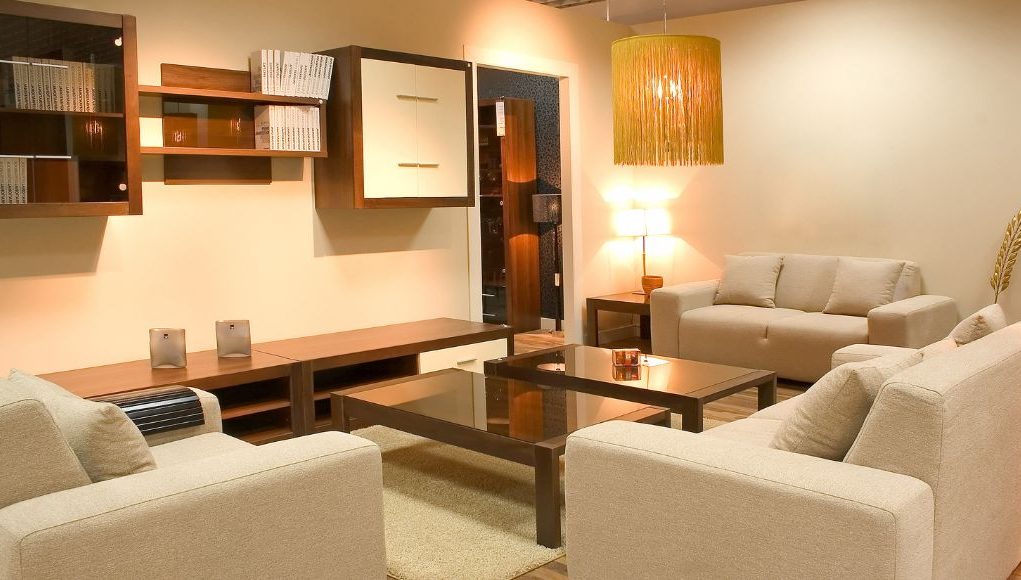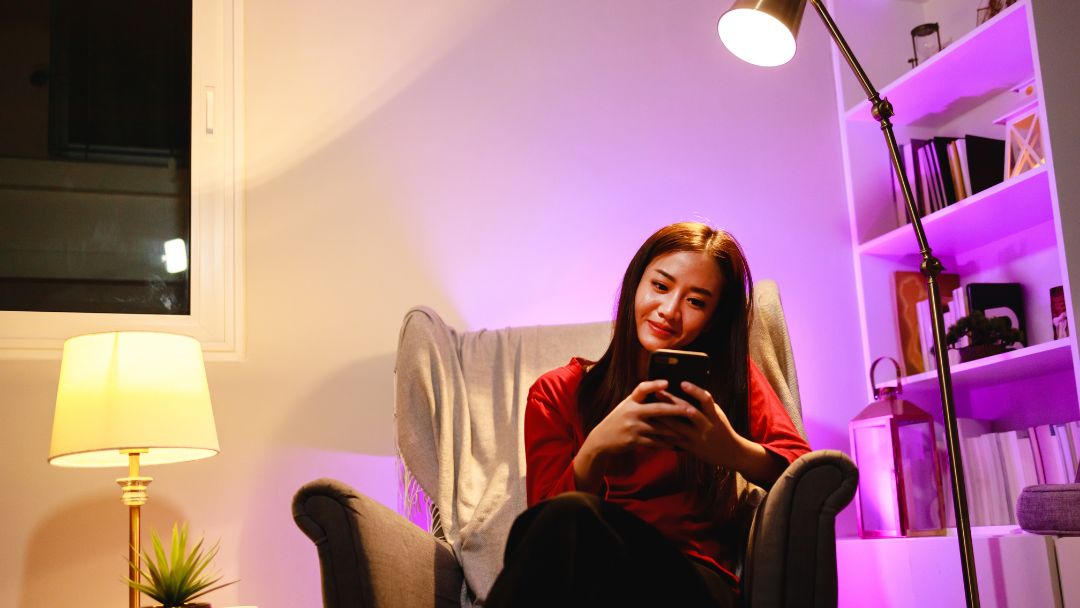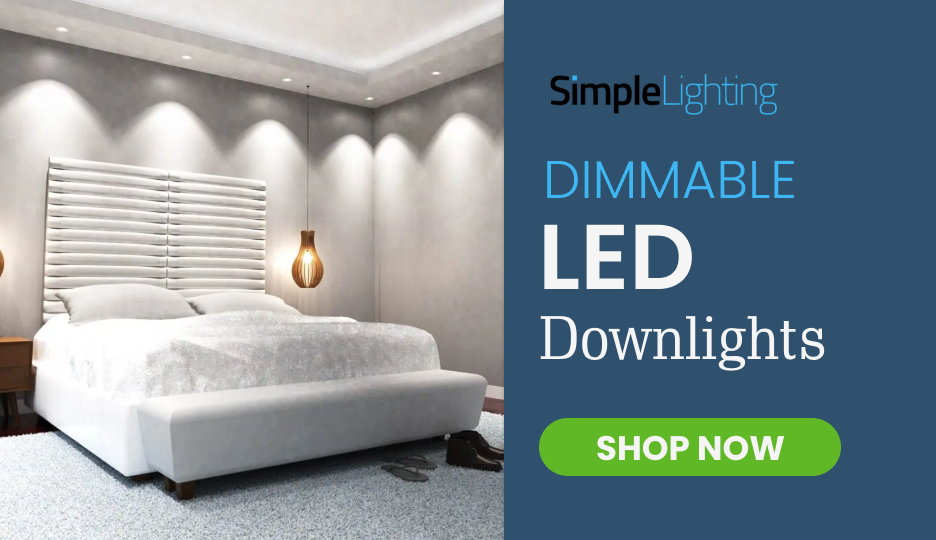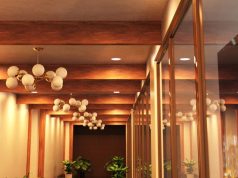Ah, yes, the living room. The “everything-space” of the house. This is where you binge-watch Netflix shows, step on rogue Lego pieces, entertain friends, read the book you swore you’d finish six months ago, and just “rest your eyes”, then suddenly it’s morning.
So, it’s only natural that you’re looking for a living room upgrade that can wow your family and friends—without breaking your bank. Trust me, we all do. And the good news is that you’ve just found the simple solution for this: proper lighting. But more specifically, light layering.
As the name suggests, it involves layering your lights. It’s less of a design trick and more of a practical approach that can transform your space from ordinary to extraordinary. And that’s what we’re going to uncover in this post.
Why Layering Matters in Living Spaces
Living rooms are the “chameleons” of houses since they tend to be multifunctional spaces. This means they require lighting solutions that can adapt to various activities. That’s where layered lighting comes in. To understand better, let’s first go over what it is before we can explain why it matters.
What is Layered Lighting?
It’s a design concept that sounds fancy, but it’s actually simple. It just means using more than one type of light to make your space flexible and fabulous. It’s about balancing three essential types of lighting: ambient, task, and accent—each comes with its own benefits.
When done right, layering helps you shift between “cosy evening” and “productive weekend” with the flick of a switch.
Let’s paint a picture so we can better understand this:
Think of your lighting like an outfit: ambient lighting is your trusty, all-around base layer (like a cosy t-shirt), task lighting is your functional accessory (like a sleek pair of glasses), and accent lighting? Well, that’s the jewellery that adds a little razzle-dazzle and flair.
Similarly, each layer of light plays a distinct solo role, but together they create a harmonious atmosphere. Without this balance, your living room might end up either too dim or, conversely, overly bright, leaving you squinting at your TV or fumbling for the remote. Either way, not a comfortable sight.
Note: You can also check Everything You Need to Know About Lighting Every Room of Your Home for more lighting ideas for your home.
Ambient Lighting as the Foundation
Ever been doom scrolling on TikTok (us too) and stumble upon an artist painting? Notice the first shades of colour they wash over the picture before adding in the intricate details? These shapes in single colours don’t show you the whole picture yet, but that doesn’t mean they’re not important. Quite the contrary, actually.
Think of living room ambient lighting this way. It is the broad, general lighting that fills the room, providing a safe and comfortable level of illumination and letting you see where you’re going without tripping over the dog.
They might not add the razzle to the dazzle, but they do their job well. And that’s to illuminate everything in the space (as much as possible) and create an inviting atmosphere. Think chandeliers or recessed lighting.
Task and Accent Lighting for Function and Focus
Now that the stage has been set by ambient lighting, it’s time to add some personality and practicality with task and accent lighting.
Task Lighting:
Whether you’re pretending to read your book, trying to understand IKEA instructions, or catching up on some homework, if you’re doing something (task) in the living room, then you need focused light that makes everything clearer.
- Table lamps next to sofas or armchairs
- Adjustable floor lamps for reading nooks
- Swing-arm sconces near a desk or hobby area
All of these can make a big difference between straining your eyes and making everything clearer.
Accent Lighting
In the painting analogy, these are the lights and shades that give depth and dimension to the picture. Accent lights are designed to draw attention to specific elements in your room, like:
- A gorgeous piece of artwork
- That collection of books you want guests to ask about
- Architectural details like a brick wall or fireplace
- Indoor plants (which, yes, deserve the spotlight too)
Wall washers, LED strip lights, and uplights all fall into this category. These are the touches that take your living room from functional to fabulous.
And all our living rooms could use a little bit of fabulous.
Smart Controls and Dimmers for Mood Changes
If you’ve ever grunted in annoyance while standing up to fumble with the switches and controls to adjust your lighting, maybe it’s time to go “smart”.
Picture this:
- Your bright daytime lighting turns into a warm, movie-night cocoon with one tap.
- Your living room lights adjust automatically as the sun sets.
- You can program scenes (e.g., “Relax,” “Clean Up,” “Work Time”)
- You’re able to set scheduled lighting.
And all the control for this? Done from your phone (or your watch, or your fridge—yes! Welcome to the future!)
Smart is where lighting meets lifestyle. Hosting a dinner party? Switch from “Dinner & Wine” to “After-Dinner Dance Floor”…in seconds! No one has to get up. Someone just needs to say, “Hey, Google.”
Now that’s hospitality.
Popular Fixtures for Living Rooms
Now that you’re an expert on the different layers of light your living room needs, let’s talk about the fixtures that make all these happen.
Living rooms are where design and function collide, so your lighting choices should serve dual purposes: looking good and doing their job.
Here are some living room lighting ideas:
Ceiling Fixtures
- Flush and semi-flush mounts: Great for rooms with lower ceilings. Clean and simple. Think downlights.
- Pendants and chandeliers: Perfect over coffee tables or in larger living rooms. Of course, it’s essential to choose a style that matches the interior; otherwise, it’ll look lost rather than stunning.
Floor Lamps
- Looking for flexible lighting? This is the answer. Arched floor lamps can direct light over seating areas, while tripod styles add a sculptural vibe.
- Easy to move when you rearrange the furniture for the 87th time in the month.
Table Lamps
- Ideal for side tables, consoles, or even shelves.
- Look for styles with a bit of personality—ceramic bases, textured shades, or fun pops of colour.
Wall Sconces
- The torches of modern times.
- These are fabulous for freeing up surface space since they are mounted on walls.
- Use them to flank a fireplace, illuminate a gallery wall, or light up a dark corner—with style, of course.
LED Strips and Spotlights
- Great for accent lighting.
- Hide LED strips behind shelves or under consoles for a subtle glow and a modern touch.
- Use directional spotlights to highlight art or features. (There are also adjustable downlights if you want the same feature, but want a discreet fixture.)
Remember: Your living room’s lighting layers need to work together, not compete with each other. That means balancing warm and cool tones, varying heights, and combining materials to achieve texture and depth.
The Layering Checklist
That was a lot of information to dump on you, so it’s understandable if you’re feeling overwhelmed. Here’s a quick-hit checklist to give you a bird’s-eye view, and keep your lighting plan on track:
Ambient base – A ceiling fixture or recessed lighting that sets the overall tone.
Task lighting – Lamps and focused light for reading, working, or crafting (Lego time!)
Accent lighting – Statement-making spotlights, LED strips, or sconces.
Smart controls/dimmers – For customising and changing the vibe… in a smart way.
Personality-packed fixtures – Lights that look as good as they work.
Final Thoughts
There you have it—the importance of having different light layers in your living room. You have the general light from ambient lighting, the bright and focused light from task lighting, and the depth and style that comes from accent lighting.
Now, you can finally ditch the overhead-only lighting and start layering like a pro. Your eyes—and your guests—will thank you.















